Labradorite Ice Blue
 Madagascar
(Ihosy, Ihorombe Region, central south Madagascar)
Madagascar
(Ihosy, Ihorombe Region, central south Madagascar)
Labradorite Ice Blue is a kind of white granite quarried in Madagascar. This stone is especially good for Countertops, monuments, mosaic, exterior - interior wall and floor applications, fountains, pool and wall capping, stairs, window sills and other design projects. It also called Labradorite Bianca Granite,Ice Pearl Granite,Ice Blue Granite,Ice Blue Madagascar Granite,Labradorite Bianco Granite,Labradorite Blue Australe Light,Blue Austral Labradorite Light,Ice Pearl Granite,Labradorite Bianca Granite,Labradorite Ice Granite,Labrador Bianco Granite,Labradorit White Granite,Labradorite White Granite . Labradorite Ice Blue can be processed into Polished, Sawn Cut, Sanded, Rockfaced, Sandblasted, Tumbled and so on.

Can Madagascar's Labradorite Ice Blue Granite be used in floor coverings?

Can Madagascar's Labradorite Ice Blue Granite be used in a dining room?

Is Madagascar's Labradorite Ice Blue Granite an expensive stone?

How thick is Madagascar's Labradorite Ice Blue Granite slabs?

Are there color variations of Madagascar's Labradorite Ice Blue Granite?

Can Madagascar's Labradorite Ice Blue Granite be used exterior applications in very dusty climates?

What is the physical properties of Labradorite Ice Blue?

What is the difference between granite and labradorite?

What grade is Madagascar's Labradorite Ice Blue Granite?

Why is blue granite so expensive?

Can Madagascar's Labradorite Ice Blue Granite be used indoors?

What should you not use for cleaning Labradorite Ice Blue countertops?

What is the coefficient of friction of Chiseled Madagascar's Labradorite Ice Blue Granite tiles?
-

FUTURE BUILDING MATERIAL CO.,LIMITED
 China
China
 1YRDiamond members are premium members on platform, providing members with comprehensive approach to promoting their products, increasing products exposure and investment return to maximize.
1YRDiamond members are premium members on platform, providing members with comprehensive approach to promoting their products, increasing products exposure and investment return to maximize.
Contact Supplier
-

FUTURE BUILDING MATERIAL CO.,LIMITED
 China
China
 1YRDiamond members are premium members on platform, providing members with comprehensive approach to promoting their products, increasing products exposure and investment return to maximize.
1YRDiamond members are premium members on platform, providing members with comprehensive approach to promoting their products, increasing products exposure and investment return to maximize.
Contact Supplier
-

FUTURE BUILDING MATERIAL CO.,LIMITED
 China
China
 1YRDiamond members are premium members on platform, providing members with comprehensive approach to promoting their products, increasing products exposure and investment return to maximize.
1YRDiamond members are premium members on platform, providing members with comprehensive approach to promoting their products, increasing products exposure and investment return to maximize.
Contact Supplier
-

-

 China
China
 5YRDiamond members are premium members on platform, providing members with comprehensive approach to promoting their products, increasing products exposure and investment return to maximize.
5YRDiamond members are premium members on platform, providing members with comprehensive approach to promoting their products, increasing products exposure and investment return to maximize.
 Verified Supplier is for prove company authenticity,including business license,trade license and effective office space,to enhance buyers' trust to suppliers and their products, reducing communication costs.
Verified Supplier is for prove company authenticity,including business license,trade license and effective office space,to enhance buyers' trust to suppliers and their products, reducing communication costs.
Contact Supplier
-

 China
China
 5YRDiamond members are premium members on platform, providing members with comprehensive approach to promoting their products, increasing products exposure and investment return to maximize.
5YRDiamond members are premium members on platform, providing members with comprehensive approach to promoting their products, increasing products exposure and investment return to maximize.
 Verified Supplier is for prove company authenticity,including business license,trade license and effective office space,to enhance buyers' trust to suppliers and their products, reducing communication costs.
Verified Supplier is for prove company authenticity,including business license,trade license and effective office space,to enhance buyers' trust to suppliers and their products, reducing communication costs.
Contact Supplier
-

-

-

XIAMEN SUNROAD IND.AND TRA.CO.,LTD.
 China
China
 Verified Supplier is for prove company authenticity,including business license,trade license and effective office space,to enhance buyers' trust to suppliers and their products, reducing communication costs.
Verified Supplier is for prove company authenticity,including business license,trade license and effective office space,to enhance buyers' trust to suppliers and their products, reducing communication costs.
Contact Supplier
-

Xiamen Huitongsheng Import and Export Co., Ltd
 China
China
 Verified Supplier is for prove company authenticity,including business license,trade license and effective office space,to enhance buyers' trust to suppliers and their products, reducing communication costs.
Verified Supplier is for prove company authenticity,including business license,trade license and effective office space,to enhance buyers' trust to suppliers and their products, reducing communication costs.
Contact Supplier
The request includes: 1. surface finished, size 2. quantity required






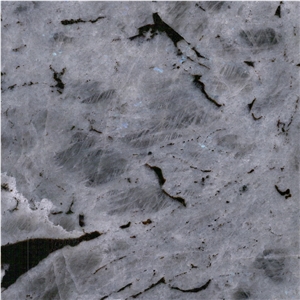
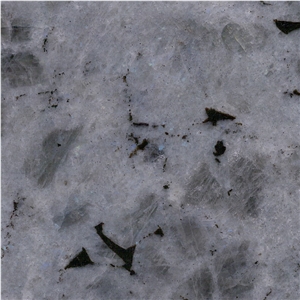
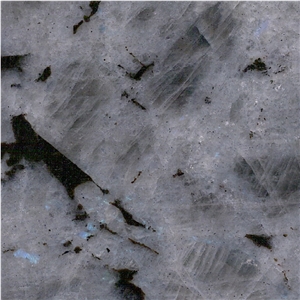
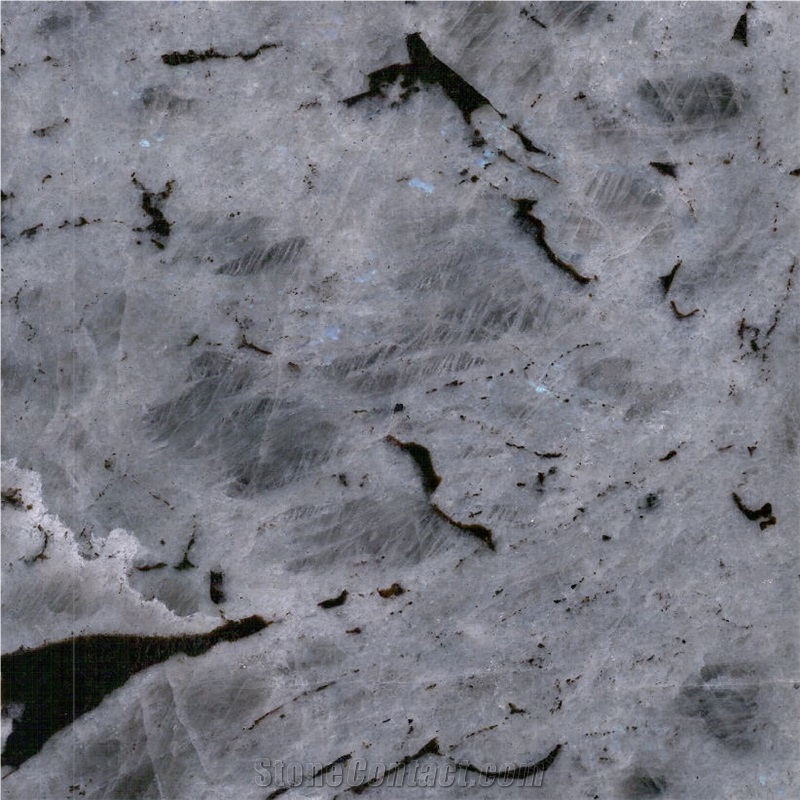
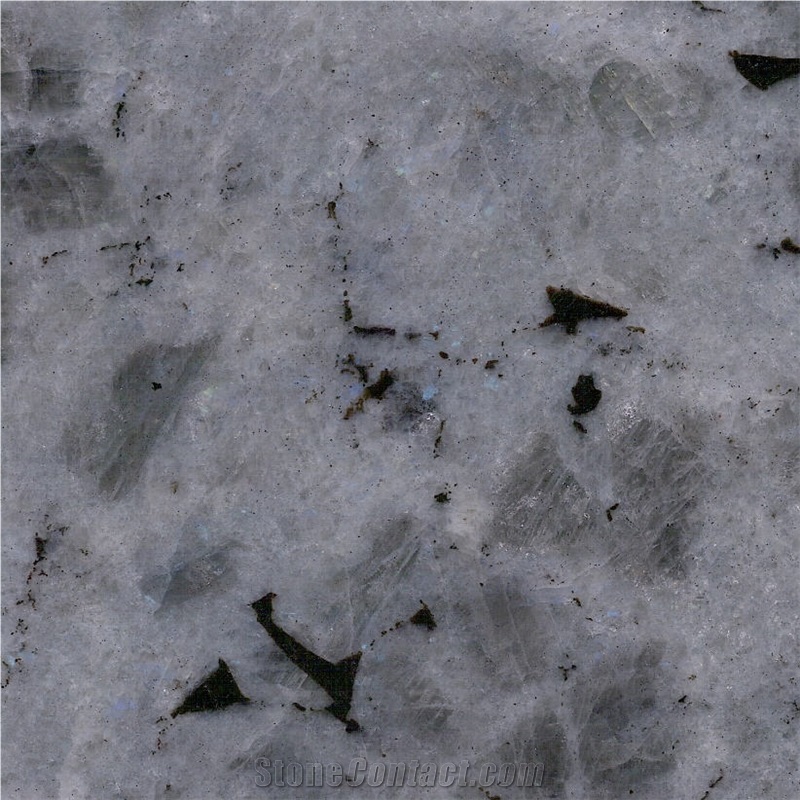
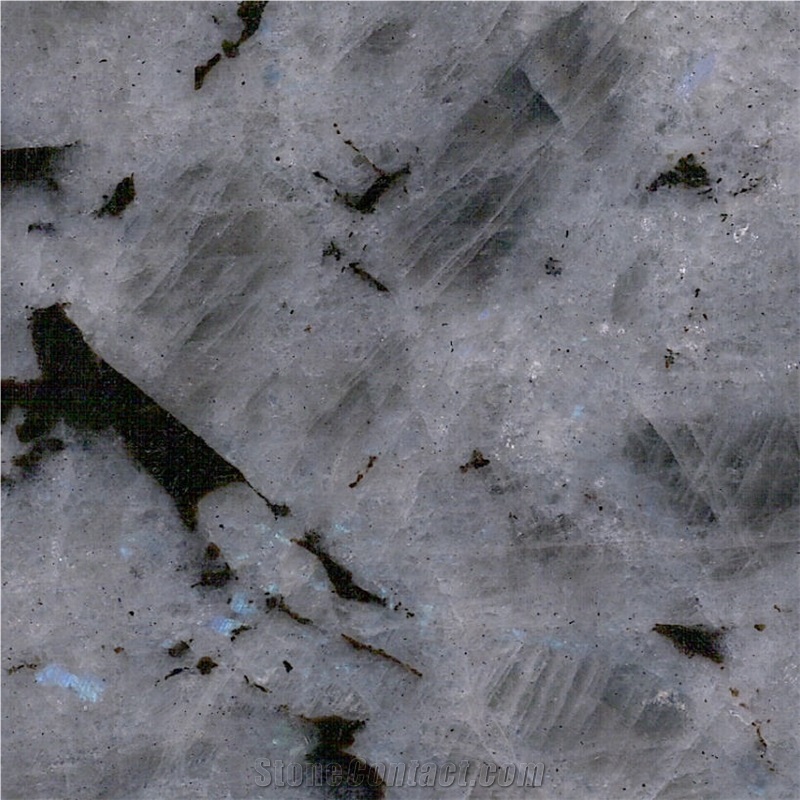
 Saudi Arabia
Saudi Arabia India
India